Mark Beckwith and I did our unplanned leg-and-core workout in advance of The Great Outdoors Challenge with three hours of standing of a four-hour train ride from Arrochar to Lochailort, our embarkation point.
Perhaps the gods of the Challenge, knowing we were underprepared, did this to give us a final toning. Or to mess with us—hard to tell.
My friends Deborah and Paul Richard, who live in Argyll at the Kyles of Bute on the west coast, had graciously hosted us for three days. On the day we arrived we squeezed in a visit to the ruins of St. Blanes Monastery on the Isle of Bute, a short ferry ride from Colintraive, the village where they live six months of the year.
I’d been to St. Blanes on a previous visit. It’s where some of the earliest Christians in Northern Europe lived and prayed in the 600s, until the place was sacked by the Vikings. Living there, and being valuable enough to be destroyed—it’s all a bit hard to believe.
There is nothing from the monastic days left but piles of stone that might have been the walls of monks’ cells. The ruins of a church from much later telegraphs to visitors that this is a site where people thought about God.
We visited in part because my walking partner is a man of the cloth, the former Episcopal bishop of Newark, New Jersey, and before that a parish priest in many places.
Deborah and Paul delivered us to Arrochar to begin our journey north. We had the jitteriness of kids being delivered to college for the first time. We were sorry to part company, but it was getting close to time to walk.
When we disembarked at Lochailort—a stop you have to ask for, as it’s so obscure—we walked to the Lochailort Inn with a man who became, Challenge-style, a great friend in under 24 hours. His name is Ole Hollesen. He’s a 59-year-old Dane who looks minus-10 his age, a Challenge first-timer.
Ole lives just north of Copenhagen, and is a military veteran whose current job is to handle finances and logistics in movies. He even had a bit part in one that won the Academy Awardin 2021 for best foreign film. It was called “Another Round.”
Ole has done a lot of walking. Brief conversation and a look at him reveals he’s somewhere between an ultralight and ultrafast walker. He walked across Iceland—500 kilometers, or 310 miles, in 19 days, with one resupply (which means he carried food for half the trip with him at the start). He’s hiked in Columbia, Majorca, and all over Scandinavia. He speaks nearly accentless English, along with the other Scandinavian languages, German, French, and a little Italian.
He has a tough route, going alone. We hope to run into him again.
We signed out on a register at the hotel, as required by Challenge rules, and began our walk at 10.23 a.m. on Tuesday, May 10. Here is Mark and me, the picture taken by a fellow Challenger at the inn who was outside for a smoke.
We proceeded down the road and then off to the left on a path, past a crew doing some sort of digging with heavy machines. We walked along a stream, gaining elevation. The weather was good and the sun was out, but we took no solace. It was going to rain, it was just a matter of when.
The route I chose for this walk was borrowed—actually taken, with permission—from two people I’d met on a previous Challenge, Andrew Walker and Alan Sloman. The photographs of it on Andrew’s website were spectacular. Eager to please, I chose it for Mark’s inaugural, and probably only, walk across Scotland. This may turn out to be trying to please too much.
The route involves miles and miles of no-path walking. In other words, navigating by a route laid down electronically on a topographical map, or by interpolating on a paper map, but with no visible path underneath your boots.
It requires all sorts of things to go off trail as much as this route requires. The big three are: knowledge of navigation, good judgment, and perseverance. It turns out Mark and I had only the last.
After a while of walking up the stream—or “burn,” as they’re called over here—Mark and I turned 90 degrees and climbed up a treeless, heather-and-grass covered hill. I’d call it a mountain in a land of small but endless mountains, like Scotland’s Highlands.
It’s easier to describe the next five hours if you see where we were. Here are few pictures.
It’s immense open space, empty in a conventional sense, but clearly not in a historical sense. It’s surprising the amount of metal one encounters (mostly remains of fencing), and the inexplicable piece of garden hose-size pipe sticking out the peat every once in a while. It’s hard to believe anyone needed to move water around up here.
The pictures don’t do justice to the conditions we encountered. The day’s route was meant to be 8.5 miles, by the mapping app used. We ended up walking, by the Apple watch calculation, 17.03 miles.
Who cares which was less accurate? What’s clear is that we walked a great deal longer than we planned to.
This was because neither of us had studied the paper maps closely enough to have topological “handrails” in our minds as we looked at the hills and cliffs around us. We also (and more embarassingly) didn’t have adequate facility even with following a course on the GPX route on my phone.
Mark was unprepared in both regards. I’d done insufficient review of both skills, assuming they’d come back in real time. They did not. We walked in the equivalent or circles (although not actually) for a long time.
The idea was that we would ascend the side of a hill at the river-end of a long chain of hills, and then walk along the tops for miles. “The tops,” of course, isn’t what it sounds like. It’s up and down, up and down, not just across.
But that wasn’t the biggest problem.
It began to rain, and then it began to blow. I would say steady at 40 mph, gusts to 50 mph; Mark said 50 mph, gusting to 60. Whatever, it was hard to stay upright at times. Twice we thought we’d encountered hail, but it was just the force of the raindrops hitting our jackets and hats.
We couldn’t seek shelter by moving lower because lower meant going down cliffs on either side. There were, to my surprise, few outcrops that provided real lee from the wind. The only way out was through. I had to cinch my hat tighter to keep it from blowing away.
There are no pictures of all this because it was too cold and difficult to do anything but move forward.
We were forced into diversions around the equivalent of tide pools, here at the top of the Highlands. I’m glad I did a lot of rock-hopping in Maine as a kid.
In places there were undercut banks of peat forming what are called “peat hags” in these parts.
We walked and we walked, twice the distance we planned, and finally descended.
Only when we got into the protection of a forestry plantation—the ugly monoculture of pines—did we escape the wind and cold. We had been rained on since just after lunch. We made camp at the side of a forestry road about 8 p.m.
Both Mark and have tents that are erected with trekking poles. They’re a way of saving weight—in my case, three pounds over my trusty Hilleberg Akto, the wonderful Swedish solo tent that served me so well in previous crossings.
We found a grassy turnout on the forestry road and pitched camp. Even in minimal wind, the tents were saggy and loose. And of course totally wet, as were we; we’d been walking in the rain for most of the day.
I bought my tent on the high rating provided by the gear-tester of The Great Outdoors Magazine, the UK’s equivalent of Outside, and the original sponsor of The Great Outdoors Challenge. But I won’t use it again after this event.
I should have known—expert opinion aside—that the middle of a tent is where the action is. The idea that you can put trekking poles at one end, and a small arch-like pole at the foot end, and pull them tight enough to keep the middle of the tent up—minus ridgepole or center hoop—is pure fantasy. My tent, by Alpkit, is well made. The problem is the design. It will never work.
I got in, sopping wet and exhausted, and managed to boil water and make an in-bag dinner of spaghetti Bolognesi. It was delicious. If the water pot had fallen off the stove, or the stove had fallen over, I would have either been scalded or burned alive. It seemed like a reasonable risk.
It rained all night. The ceiling of the tent sagged, so I slept as if I were in a burial shroud two sizes too big—and wet. But the gods were not entirely without mercy. In an all-night rainstorm, it’s possible to kneel in prayer in such a structure and urinate in a Nalgene.
Call this particular tent a “penny saved, pound foolish” purchase. Or in my case, three-pounds foolish.



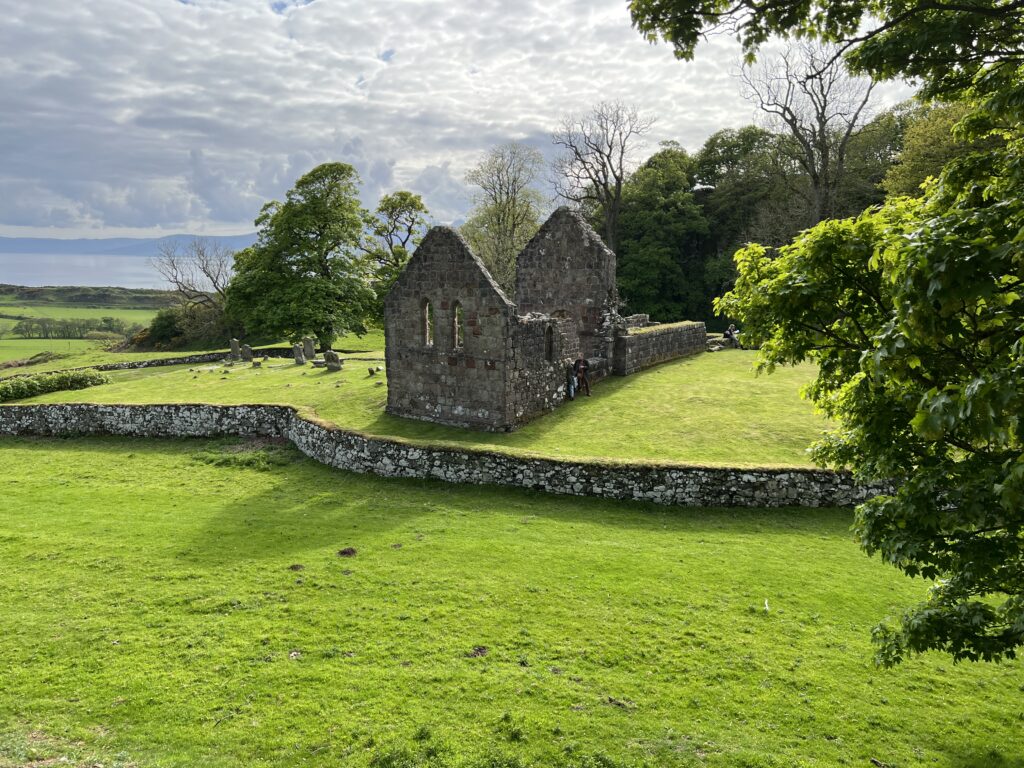


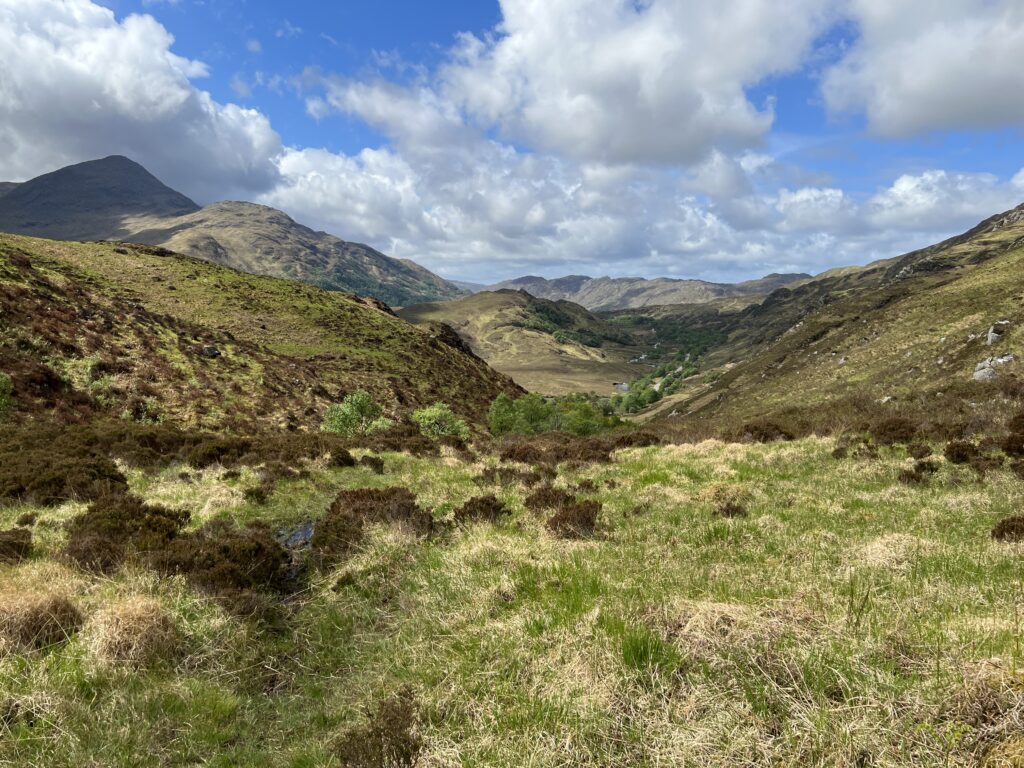

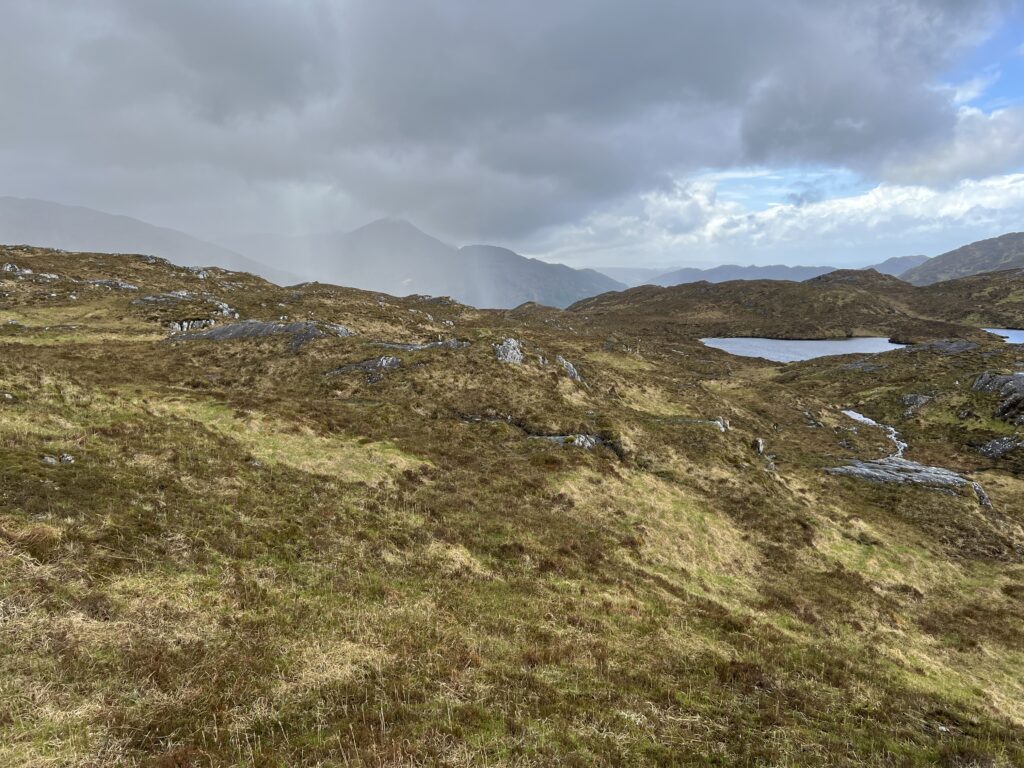
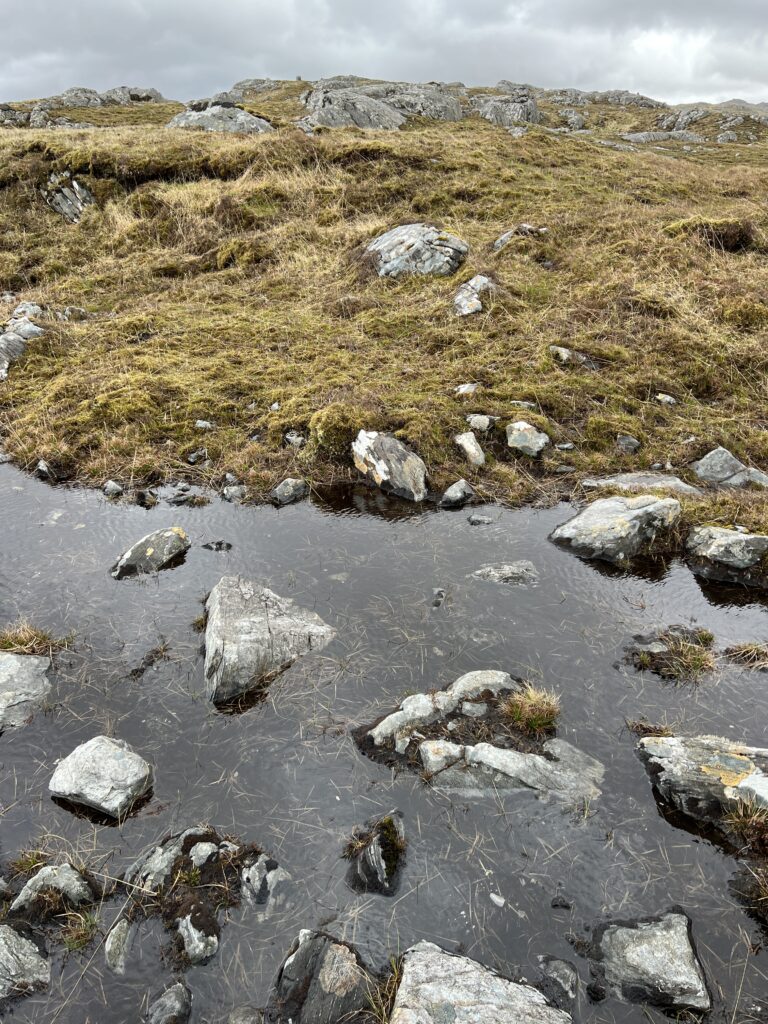
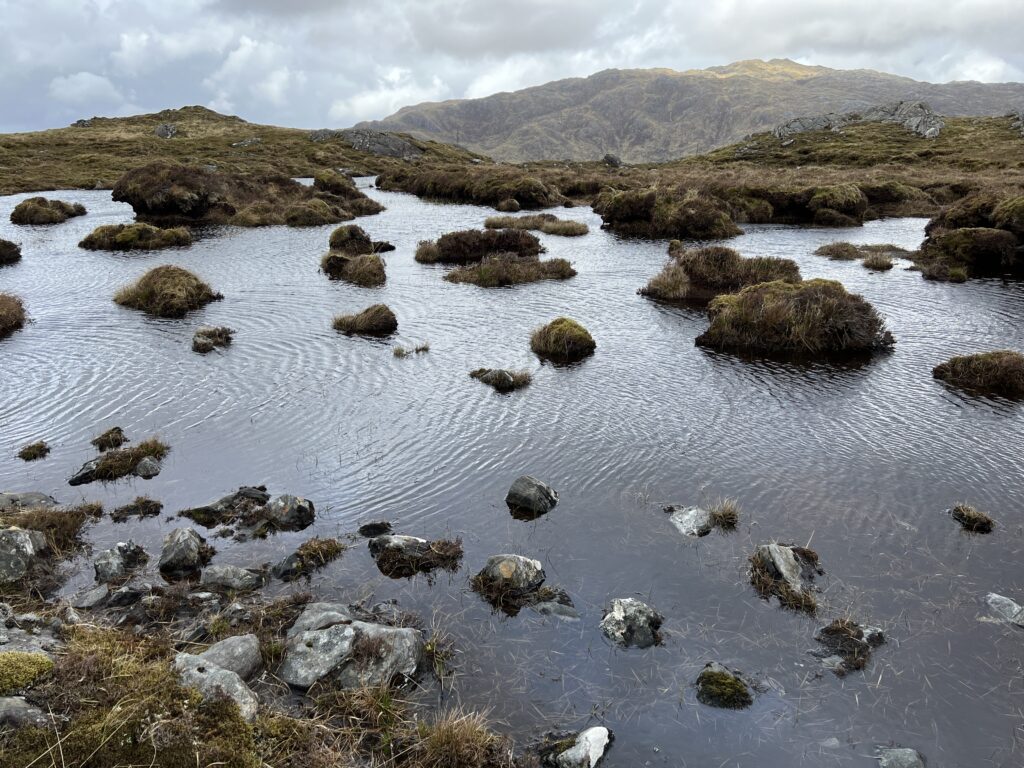
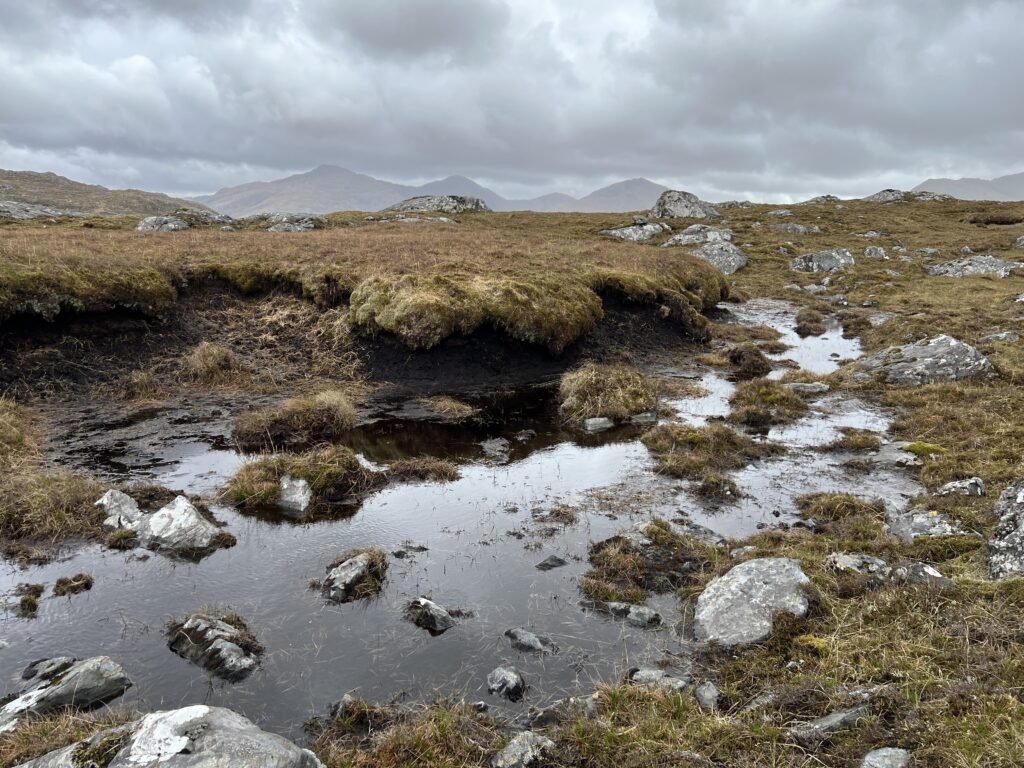

Hope the boots are better than the tent. Hanging on every word!